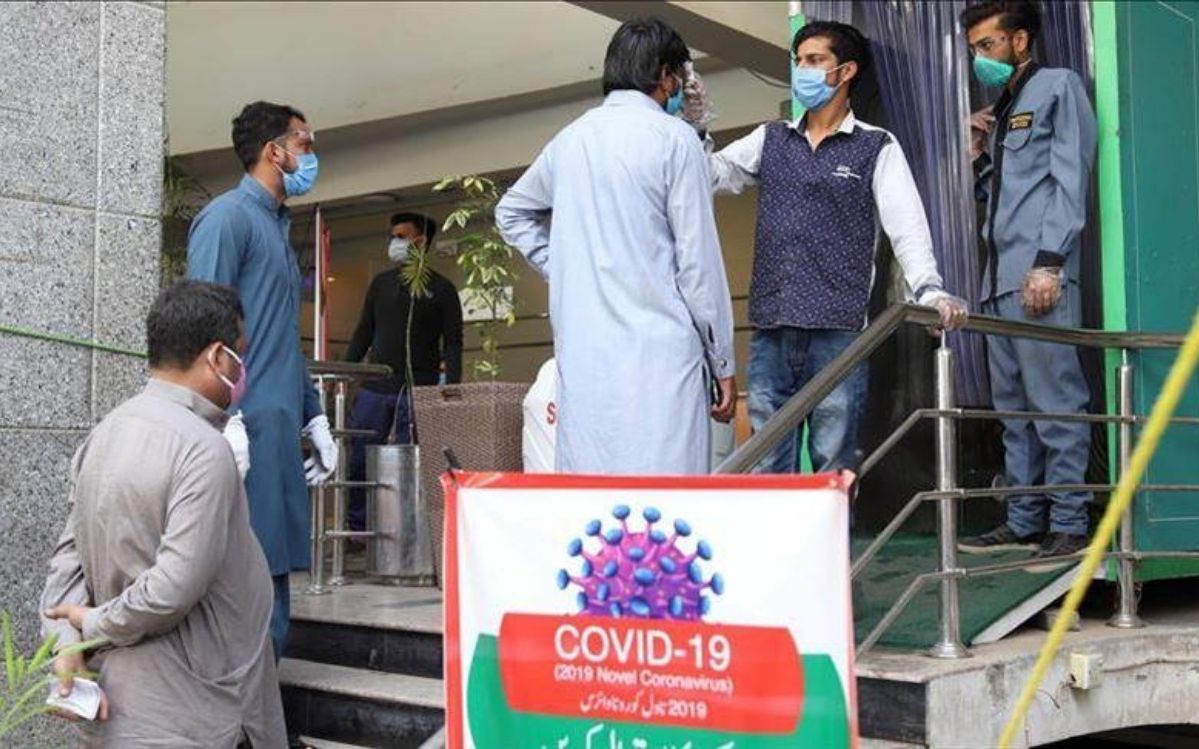
Why are India and Nepal clashing over the disputed Himalayan territory?The Indian Defense Minister launched a new 80 km route in the Himalayas on May 8 that connects the border with China at the Lipulekh Pass. The Nepalese government protested immediately, arguing that the road crossed the territory it claims to be and accused India of changing the status quo without diplomatic negotiations. Among the other activities which have since intensified, Nepal sent police to the region, invited the Indian ambassador to Kathmandu, and proposed a constitutional amendment to formalize and expand its land claims to nearly 400 square kilometres. India expressed its openness to a dialogue for its part, but only after the COVID-19 crisis.
More than a month later, Dr. Constantino Xavier, Fellow, Brookings India, discussed some of the main issues concerning the crisis, the potential triggers that escalated the dispute, the geostrategic background, and avenues to evolve into a solution.
How did India build the road through Nepal’s claimed area?
India has owned this area for at least 60 years, although Nepal claims to have conducted a census there in the early 1950s and believes that the 1815 Sugauli Treaty legitimizes its claims. Yet the latest path from India to Lipulekh Pass isn’t an unexpected improvement from the status quo. India had previously controlled this area and built other infrastructure here to run its administration and deploy forces at the Chinese border crossing.
The region is strategically important and now the new road is one of the fastest links between Delhi and the Tibetan plateau. Finally, visiting the sacred mountain of Kailash is also an important route for thousands of Hindus, who cross the border with China each year.
Is there any reason for the Indian announcement to be timed on May 8?
The timing was part of an Indian underground trick to back up Prime Minister Oli. His government faced a major internal political crisis at the end of April, and he was thrown into a sudden lifeline by the Indian announcement: opposition forces quickly rallied to support his escalating measures against India, including the proposed constitutional reform.
Has Nepal’s negative response taken India by surprise?
According to Shishir Gupta, “When Kathmandu protested against the route, New Delhi was shocked” Any analyst of Nepalese domestic politics could have easily predicted that the Indian announcement will be ready to revive Prime Minister Oli and ignite nationalist opposition to India.
How did Nepal become so politically accused of this border dispute?
International policy in Nepal is being highly politicized. For years, the conflict with India has been going on and the Delhi diplomatic community and Nepal observers were well aware that the problem could erupt at any moment. The Indian road was not constructed overnight, and the Nepalese government definitely knew and controlled the situation in Kalapani in the months and years preceding. The May 8 announcement in India was a godsend for the beleaguered Nepalese prime minister as he faced his worst internal crisis since coming to power in 2017. He was able to easily manipulate public opinion, nationalist feelings against India, encouraging the internal party to compete with it, and divert attention from the ineffective regulations and pandemic containment challenges.
Does that dispute reflect a deeper issue in India-Nepal relations?
The current border conflict is a reflection of a growing systemic problem in India-Nepal ties. There is no better indication of the bigger issue in India-Nepal relations than the tragic fate of the two countries’ reports prepared by the Group of Eminent Persons (EPG).
Prime Minister Modi and former Nepalese Prime Minister Deuba mandated the EPG in 2015 to assess the state of bilateral relations and make key recommendations, either on the 1950 treaty or the open border.
The EPG report, which was filed in 2018, is still not accepted: sources initially noted that the time had not been found by Prime Minister Modi, but it is now clear that Delhi is dissatisfied with certain non-binding suggestions from the experts he had executed. Such a lack of confidence and transparency to reassess the basis of the partnership has sent negative signals to Nepal.
Are there possible solutions to this lengthy conflict?
Also after restoring political trust and beginning diplomatic negotiations, the two sides would have to compromise within a few days, months, or years. The border conflict has been an ongoing political problem between the two nations. The status quo favors India which comfortably controls the territory. India may choose to block the issue yet again, but not without significantly damaging Nepal ‘s interests and influence.
A Black Day In Beirut – Lebanon (Explosions in Beirut)
















0 Comments